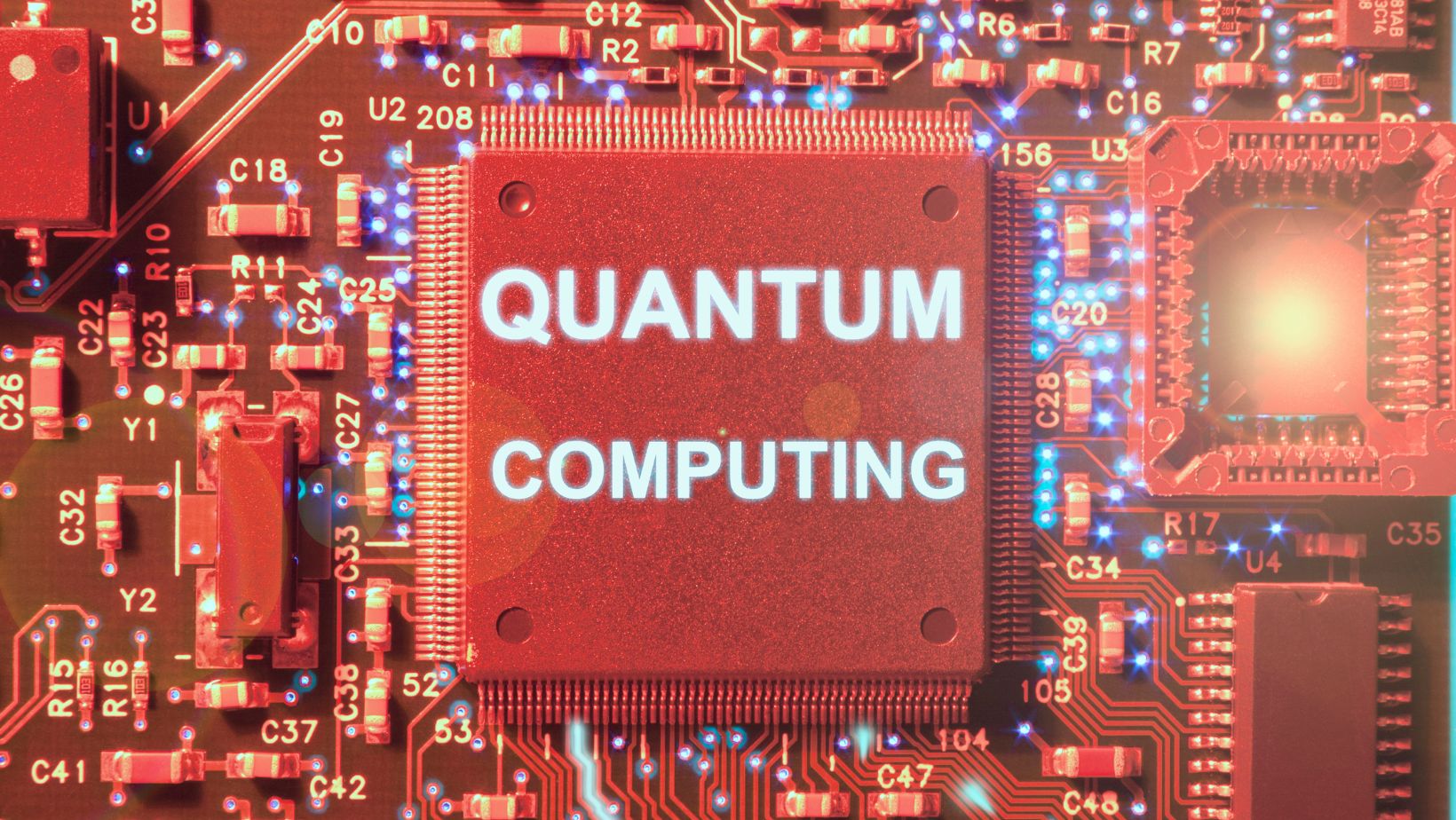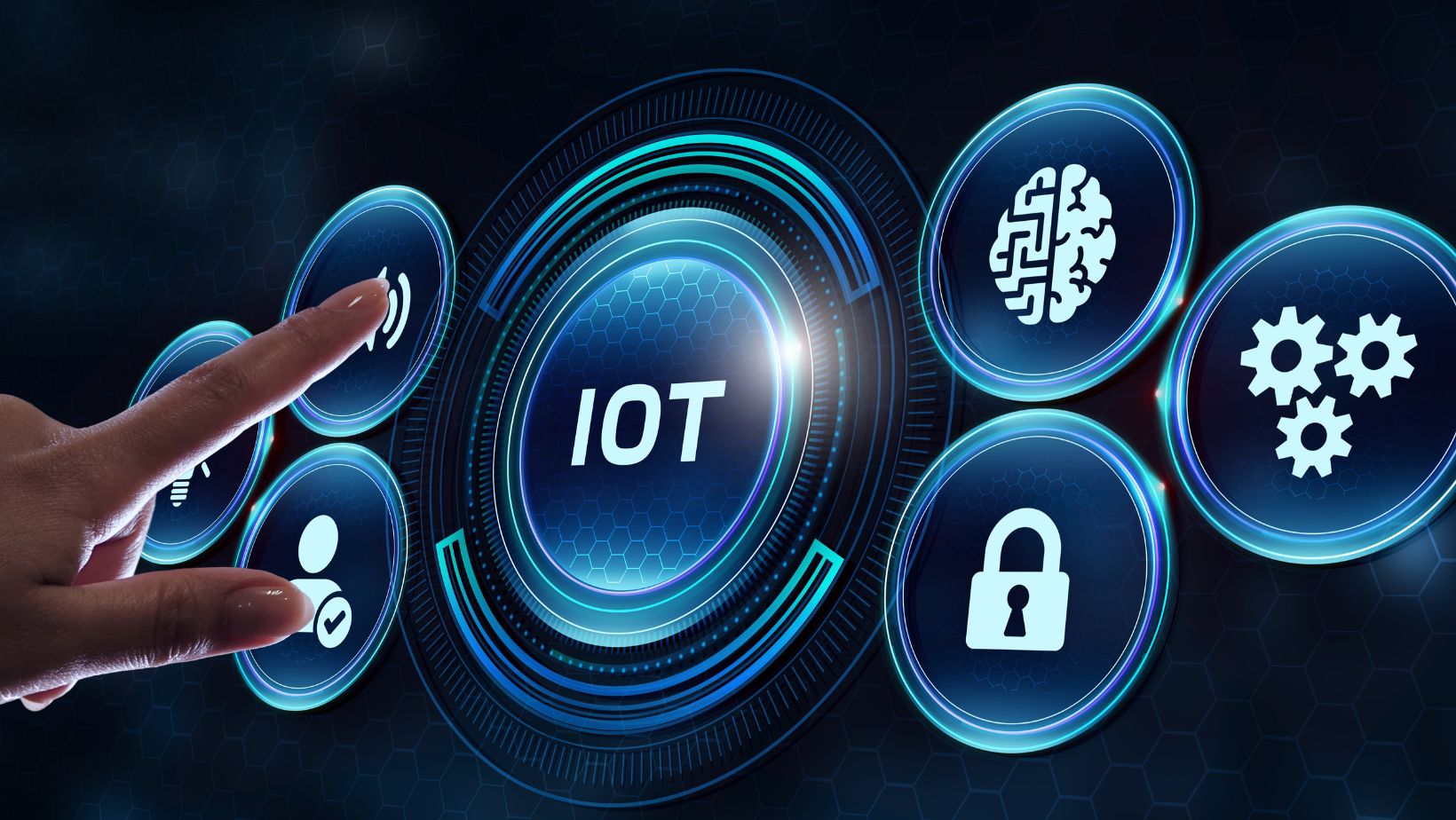2023 may be in full swing — but tech innovations don’t wait for a new calendar year to become a trend. Digital novelties nowadays appear almost daily — and you, as an industry professional, must stay on top of all the crazes and happenings to remain relevant in your field.
Throughout this year, we have witnessed the birth of different cutting-edge innovations and some pretty astonishing advancements of existing tech wonders.
What digital tech trends have so far shaped this year and what is in store for the remainder of 2023 — read on to find out.
1. Artificial Intelligence
Unsurprisingly — 2023’s top spot for digital tech trends belongs to AI. While people may be getting increasingly exasperated by this buzzword penetrating every business conversation, AI-powered software, chatbots, tools, and more, are our near future.
As AI continues to advance, it will penetrate more fields with new applications and possibilities — pushing industry growth and transforming the way we work.
2023 is your perfect chance to jump on the AI bandwagon and emerge as the industry leader — whether you are a leading branding agency or a software QA individual, it is high time to add some AI tools and skills to your bio.
2. Natural Language Processing
Despite 2023 being the year of many digital tech trends emerging, most people would unanimously agree on the most groundbreaking trend of the year — ChatGPT.
The AI-powered chatbot relies on Natural Language Processing (NLP), a subset of Artificial Intelligence that focuses on understanding human language.
Since its release in late 2022, ChatGPT kicked off an AI race concentrated on making NLP more advanced and widening its applications across diverse business areas.
3. Quantum Computing
As we increasingly rely on the power of the cloud — for live streaming, gaming, storing photos, and doing business — increasing the capabilities and sophistication of this technology become paramount for organizations that wish to remain competitive in their industry.

Advances including AI, big data, and digital twins work towards facilitating more refined and powerful cloud services that will be able to meet the needs of diverse users.
Yet, there is another vital element to better cloud — quantum computing. Quantum computing uses subatomic particles to develop new ways of processing and storing information — an innovation expected to yield computers capable of operating trillion times faster than supercomputers of today.
4. Digital Twins
A digital twin represents a virtual replica of an object, a system, or a process. This technology is becoming prevalent across industries, such as manufacturing, transportation, healthcare, construction, and logistics, as a way to monitor an organization’s equipment and its performance at all times.
Digital twins stand as a more effortless and cost-effective solution for asset management, increasingly important nowadays when companies digitize their operations and processes across the board.
With the boost of technologies such as 5G, artificial intelligence, and machine learning, digital twins will become more complex and sophisticated, yielding more possibilities and benefits to their adopters.
5. Web3
Web3, the new, decentralized Internet, is a promising endeavor that has been in the making for years. However, the unfortunate circumstances surrounding some of Web3’s aspects, such as cryptocurrency and NFTs, put this Web concept in a bad light.
Nevertheless, Web3 is a hugely beneficial vision whose development continues moving forward despite recent drawbacks.
Web3 vows to create a safer and more innovative environment for storing, accessing, and analyzing our information — personal and business alike.
6. Green & Sustainable Tech
Green technology is one of the pillars of addressing climate change and increasingly scarcer resources. Its varied aspects, such as renewable energy, energy storage, and carbon capture, will continue to be the focus of innovations throughout 2023.
As computers will require more powerful components and cloud services consume vaster amounts of energy, future digital technologies will need to be more energy efficient and sustainable.
7. Extender Reality
Extended Reality (XR) is an umbrella term for diverse digital technologies that have been all the rage in recent years, including augmented reality (AR), virtual reality (VR), and mixed reality (MR).
2023 has already seen advances in AR and VR — and metaverse, whose innovations focus on creating immersive business environments for more seamless collaboration on digital projects.
By the end of this year, we will witness extender reality becoming more immersive and realistic — and applied across areas like remote work, gaming, and education.
8.Internet of Things
The Internet of Things (IoT) has already become a massive part of our reality — in a business setting, favorite tech gadgets, and traditional home appliances.

The number of devices and systems communicating with each other via the Internet is expected to grow in 2023 and the years to come.
IoT focuses on making our lives easier by allowing us to manage and control a number of devices from a single point — faster and more reliable, with the help of PRTG OPC UA server.
9. Genetic Engineering
Editing nature — whether through making changes to materials, plants, animals, or humans — is an area that has been largely researched for decades yet treaded carefully due to its unknown side effects.
Present-day genetic engineering encompasses innovations such as creating water-resistant materials using nanotechnology or altering DNA to repair DNA mutations, fix food allergies, improve the health of crops, or edit certain human characteristics, such as eye and hair color.
From medicine to agriculture, genetic engineering is a promising tech field that is yet to show its full extent of possibilities in the years to come.
10. Automation & Autonomous Systems
Last but certainly not least is the incessant rise in the application of automation and autonomous systems across industries.
Many businesses in manufacturing, delivery, and logistics already boast factories and warehouses that are partially or fully autonomous.
In 2023, we have seen more robots and autonomous systems performing tasks previously done by humans — and even doing them more efficiently, productively, and safely.
Greater focus and innovations in AI will further speed up the automation process across industries, as autonomous systems advance from being trained to training themselves to perform different tasks.